Heller Denied D.C. Gun Permit
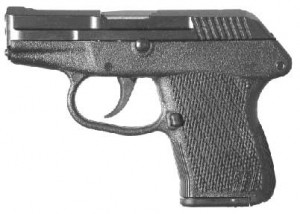 Dick Heller, the plaintiff in the landmark Supreme Court decision that overturned Washington, D.C.’s 32-year-old ban on handguns and established that the 2nd Amendment provided an individual right to own guns, was denied a handgun permit by the District yesterday.
Dick Heller, the plaintiff in the landmark Supreme Court decision that overturned Washington, D.C.’s 32-year-old ban on handguns and established that the 2nd Amendment provided an individual right to own guns, was denied a handgun permit by the District yesterday.
He was among the first in line Thursday morning to apply for a handgun permit. But when he tried to register his semi-automatic weapon, he says he was rejected. He says his gun has seven bullet clip. Heller says the City Council legislation allows weapons with fewer than eleven bullets in the clip. A spokesman for the DC Police says the gun was a bottom-loading weapon, and according to their interpretation, all bottom-loading guns are outlawed because they are grouped with machine guns.
Sheesh. Glenn Reynolds writes, “It’s obviously a campaign of ‘massive resistance.’ Gun prohibition now, gun prohibition tomorrow, gun prohibition forever!” Don’t discount the possibility, however, that these people simply aren’t very bright.
Reynolds and Brannon P. Denning have an interesting colloquy on “Heller’s Future in the Lower Courts” in the Northwestern University Law Review. The intro:
The Supreme Court has released its long-awaited opinion in District of Columbia v. Heller, and the buzz has been considerable. Though much has been made of the majority’s historic ruling and of the narrowness of that majority, many commentators have missed an important point. What Heller is most notable for is its complete and unanimous rejection of the “collective rights” interpretation that for nearly seventy years held sway with pundits, academics, and—most significantly—lower courts.
The repudiation of this extensive body of case law suggests that the real test of Heller will occur once the lower courts, traditionally hostile to an individual rights interpretation of the Second Amendment, face the inevitable follow-up cases challenging other restrictive gun laws. Experience with other seemingly groundbreaking Supreme Court decisions in recent years, such as United States v. Lopez, suggests that lower-court foot-dragging may limit Heller‘s reach, though this time around there will likely be considerably more scrutiny and more vigorous litigation efforts.
If the lower courts present a challenge to the implementation of Heller, they also provide litigants with an opportunity. Given the fact that the Heller majority declined to give a detailed accounting of the proper standard of review to be used in subsequent Second Amendment cases, litigants have a rare opportunity to write on a tabula much more rasa than is ordinarily the case in constitutional litigation, making use of recent scholarship on the crafting of constitutional decision rules that implement constitutional provisions.
Arguably, it would have been preferable if the Supremes had simply spelled out their ruling a bit more clearly. As Reynolds and Denning note in their conclusion, however, that’s rarely the case.
Photo credit: KEL-TEC

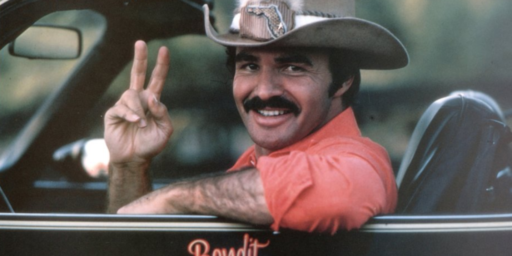
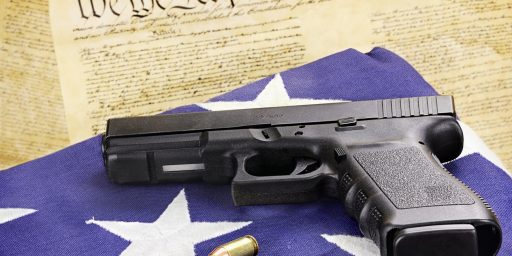
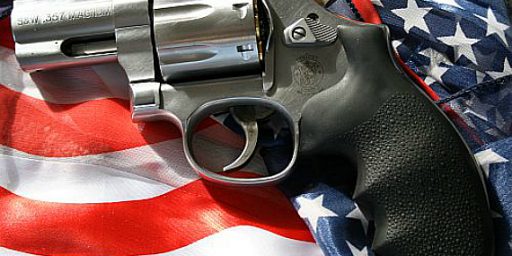
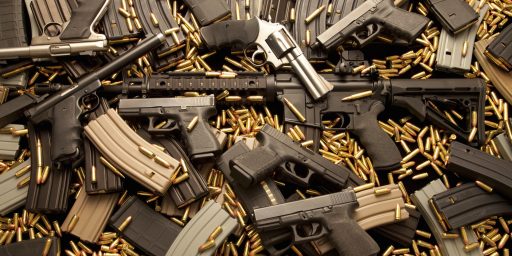
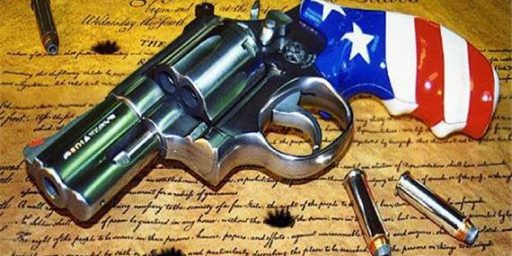
“A spokesman for the DC Police says the gun was a bottom-loading weapon, and according to their interpretation, all bottom-loading guns are outlawed because they are grouped with machine guns”
SO, all semi-auto shotguns, pump shotguns and bolt action rifles are “machine guns”. That’s…something else.
For some people, it doesn’t matter how clearly you spell it out, they simply don’t want to accept reality no matter how you put it to them.
This is typical of the stupidity of the democrats in charge and their mentality of ignorance regarding firearms. Furthermore, they are totally ignoring the just made decision, which stated that carrying a weapon was an individual right and that DC was in violation of the 2nd amendment. What do democrats care about the law? Not much. Hypocrites. This fall, remember to vote these anti-freedom politicians out of office. Throw the bums out.
As an FYI
DC’s law on “machine guns” is that any weapon, of any type, that could ever in theory, accept a magazine that could hold more than 11 rounds is so defined.
Mr Heller wished to register a Colt 1911 semi-automatic pistol which couldn’t fall more squarely into the Supremes Courts’ definition of an acceptable firearm based upon common usage etc. The pistol comes as a standard with a 7 or 8 round magazine but in THEORY could have a greater capacity…….
The SC doesn’t take too kindly to people refusing to follow their rulings….Should be interesting
Michael, I’ve read other folks who made a similar comment to your last: “The SC doesn’t take too kindly to people refusing to follow their rulings.”
Do you know how that would manifest itself? Wouldn’t it require further litigation, and that litigation would have to bubble up through the DC Circuit to SCOTUS, for them to respond to DC’s failure to follow Heller?
all bottom-loading guns are outlawed because they are grouped with machine guns
Whoa. That’s dumb.
But I’m amused by the sudden discovery that a Supreme Court decision can be frustrated by procedural hindrances.
Welcome to the world of abortion in America, folks.
The police force, or at least the comissioner and the PR louts, are confusing “bottom-loading” weapons (subset of semiauto) with “bottom-feeding” politics (major set). As Michael noted earlier, any semiauto which holds or can possibly be “modified” (from inserting an available large clip to building one from scratch, which would then be available) more than 11 rounds is classed as a “machine gun.”
It is unclear if this is just an expansion on the already-reported rejection, at first blamed on his not having the weapons with him. I suspect it is, since included in the first reports was the information (again, a police statement) that he might be able to register his revolver but if he brought in his semi-auto it would be confiscated.